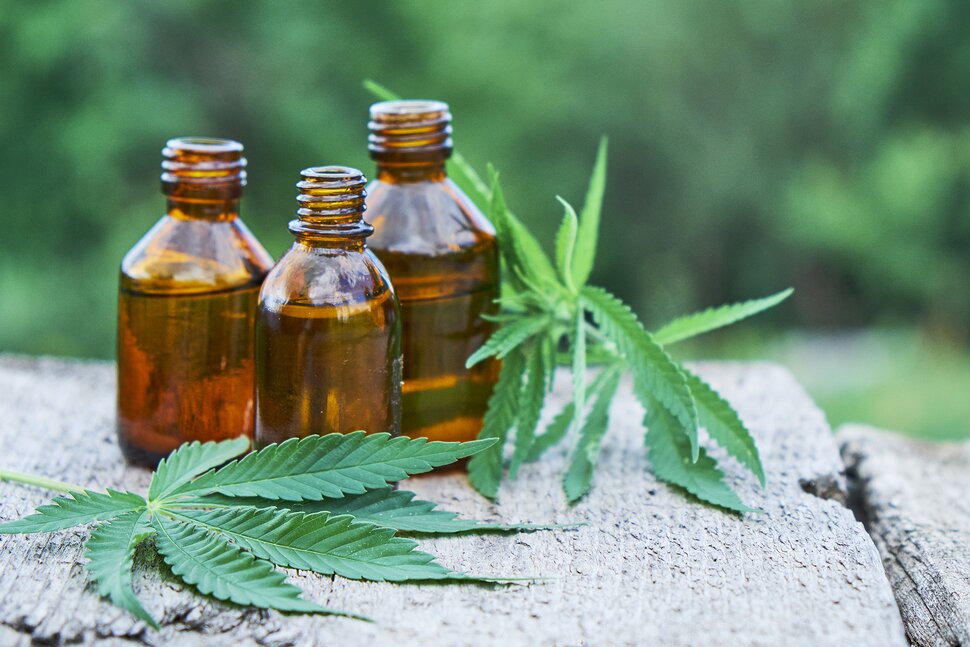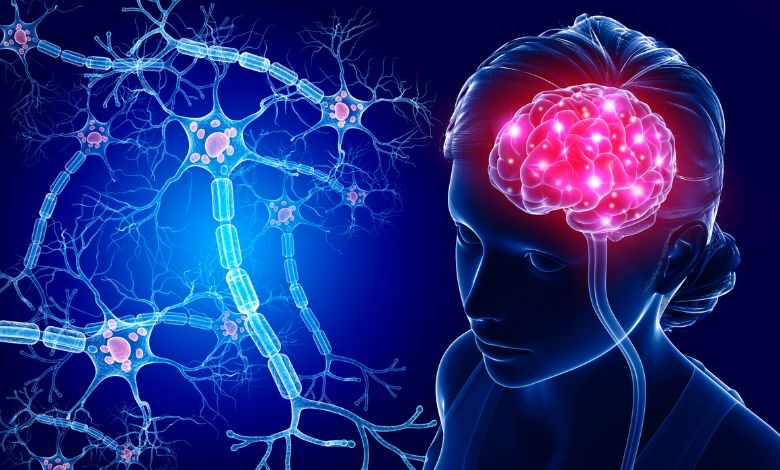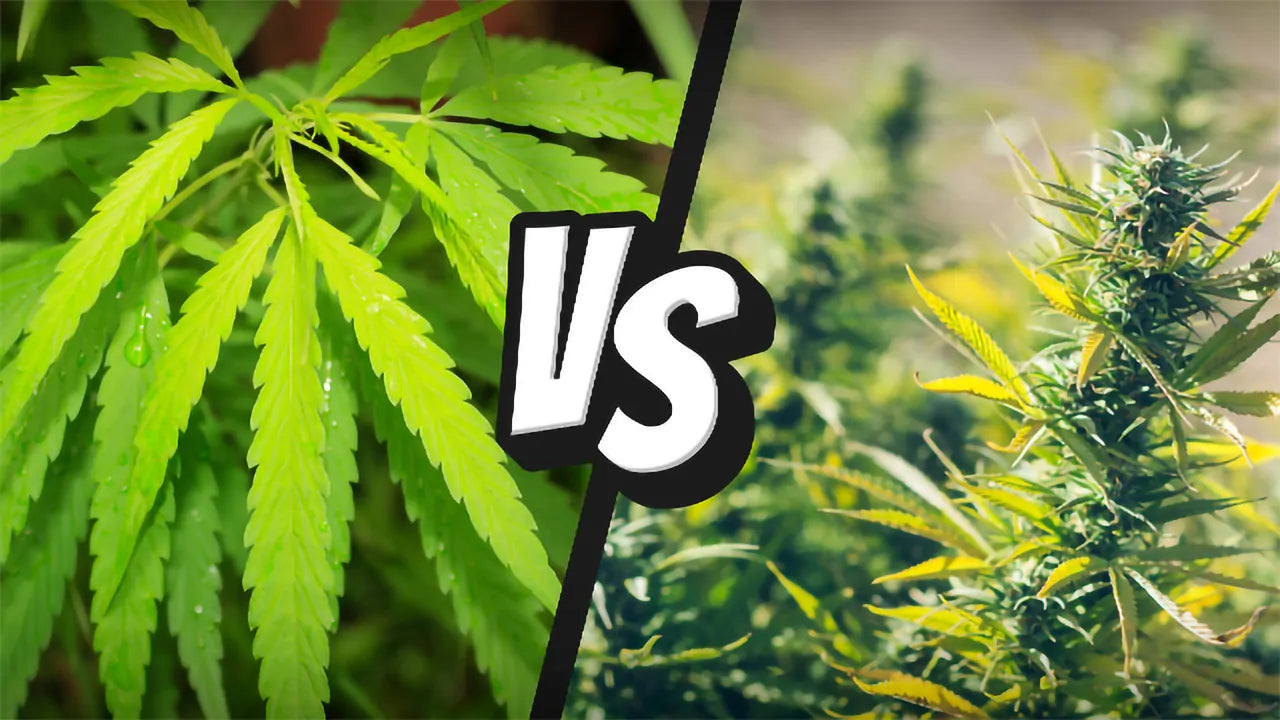
What are the main differences between CBD topicals and CBD oil?
Oils and topical creams are the two most often used ways to consume CBD. Let's examine how they both affect our bodies and what makes them different from one another.
What are products with topical CBD?
Anything that is applied directly to the skin and then absorbed is referred to as a topical product. Some less visible examples include items like patches and custom bandages. Creams, balms, and ointments are the most typical examples of these. Although various topical medications may have different formulae and compositions, their interactions with the body follow the same general pattern.
What are CBD products for oral use?
An oral CBD product is one that is taken by mouth, as the name would imply. The most prevalent and well-liked of them are CBD oil tinctures, which are also among the quickest ways to consume CBD. Other oral CBD delivery methods include CBD sweets (often referred to as "gummies" in the business), capsules, sprays, chewing gum, toothpaste, and so on. Since there are numerous factors that affect a product's efficacy, the effectiveness of many of these alternate ways can vary.
The concept of "bioavailability" is one of the key distinctions between CBD treatments applied topically and orally. It is important to comprehend the precise relevance of this component because it is frequently mentioned while discussing CBD products.
Bioavailability: What is it?
We gauge a product's bioavailability by counting how much of it is taken up by the body. Nothing is 100% effective and absorbent, and the amount that is absorbed depends significantly on the application method as well as a wide range of other factors, including, to name a few, your unique biology, the method of CBD extraction employed, and time during daily routine. As a result, it is impossible to provide dosages that will be accurate for all oral and topical CBD products. For instance, a CBD tablet will be broken down in the stomach whereas a CBD oil is partially absorbed through the soft tissues in the mouth, resulting in different quantities and rates of absorption.
We can roughly estimate that this ranges from 10% to 25% on average because CBD oils are the most popular product on the market at the moment. As a result of the skin barrier's propensity to greatly limit the quantity that can be absorbed, topical CBD solutions often have a very low bioavailability, which means that very little CBD will reach the bloodstream.

Does this imply that topical CBD is ineffective? No, it's not at all that straightforward. Because we are trying to get CBD absorbed into the bloodstream specifically, bioavailability is especially important for oral formulations. However, because topical CBD products are more often used externally or locally, bioavailability is less significant. In summary, bioavailability only goes so far, but it is important to comprehend the various ways that substances interact with the body. Let's examine what really matters and what the differences between these goods' actual interactions with the body are.
What are the main variations?
Let's first examine CBD sublingual consumption—a fancy term for ingesting it under the tongue—and the benefits of doing so.
As we just said, using this method will increase the bioavailability of CBD in the bloodstream, allowing it to have an impact on the endocannabinoid system. This is a biological system that exists in the body naturally and is composed of receptors that control a variety of functions. The endocannabinoid system aids in the maintenance of these essential processes while CBD binds to these receptors.
Because of its greater bioavailability, CBD will also be absorbed very quickly. Due to a process known as first pass metabolism, high bioavailability occurs when we consume CBD, medications, or supplements orally. An effective bioavailability is crucial in this situation because this is when our systems automatically lower the concentration before it reaches systemic circulation.
However, once the CBD has entered the bloodstream, it usually stays there for a longer amount of time than with other techniques.
We already know that cannabis chemicals are rarely absorbed into the bloodstream when used topically. Importantly, though, topical CBD treatment will concentrate more in one area of the body than CBD oil would, which would result in an equitable distribution across the entire body. This is so that the CBD can bind to the skin's cannabinoid receptors instead of our body's endocannabinoid system. This could be applied to specific sore or irritated spots, or just to preferred areas like the hands, face, or arms. Because of this, this procedure is especially well-liked by those who have skin problems or lead physically demanding lives.
In conclusion, oral CBD is more frequently associated with daily balance and wellbeing since it lasts longer and distributes more evenly throughout the body. Applying CBD topically allows for more focused absorption and a closer attention to your skin. Both have their benefits, and many people actually discover that using both approaches simultaneously give them the best of both worlds. Check out more of our blog posts or browse our selection of CBD oils or our newest Body Cream to learn more about CBD and how to achieve the best results for you.



